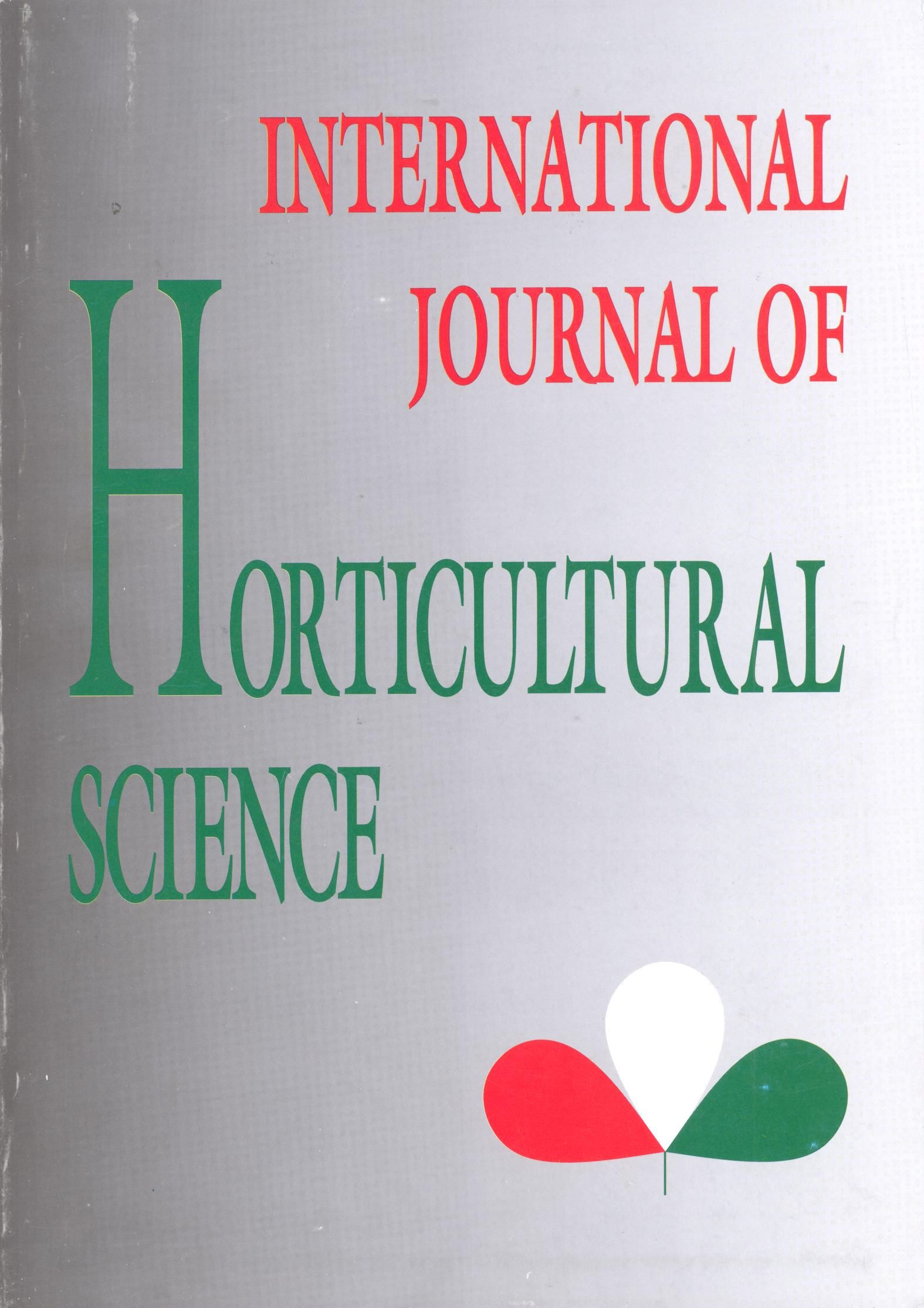Using compost of grape manufacture and farm wastes as growing media in vegetable ad ornamental nurseries
Authors
View
Keywords
License
Copyright (c) 2018 International Journal of Horticultural Science
This is an open access article distributed under the terms of the Creative Commons Attribution License (CC BY 4.0), which permits unrestricted use, distribution, and reproduction in any medium, provided the original author and source are credited.
How To Cite
Abstract
This work was conducted at private nursery in Kafr El-Sheikh governorate during 2006 and 2007 seasons to investigate the possibility of using grape manufacture waste compost (GMWC) and farm wastes compost (FWC) in ornamental and vegetable nurseries as partially or totally replacement of coconut peat (CP) and vermiculite (V) in the growing medium and also to find out the optimum media of tomato (Lycopersicon esculentum, cv. Castle Rock) and Cockscomb (Celosia plumosa) as comparing to a mixture of CP and V (1:1 v/v). The authors used a ten mixtures as followed: 1- Control (CP+V at 1:1 v/v), 2-GMWC (100 %), 3- GMWC +CP (1:1 v/v), 4- GMWC + V(1:1 v/v),5- GMWC +CP + V (1:1:1 v/v/v), 6- FWC (100 %),7- FWC+ CP (1:1 v/v), 8- FWC+ V (1:1 v/v), 9- FWC+ CP+ V (1:1:1 v/v/v), 10- GMWC+FWC+CP+V (1:1:1:1 v/v/v/v). Data recorded as seedling height, No. of leaves, total pigments, shoot fresh and dry weights, root length and root fresh and dry weights in order to assess the quality of both transplants of tomato and cockscomb. Both seedlings grown in medium contain a mixture of GMWC+CP+V displayed quality traits similar or better as to those of recorded from the control treatment.

 https://doi.org/10.31421/IJHS/14/3/802
https://doi.org/10.31421/IJHS/14/3/802










